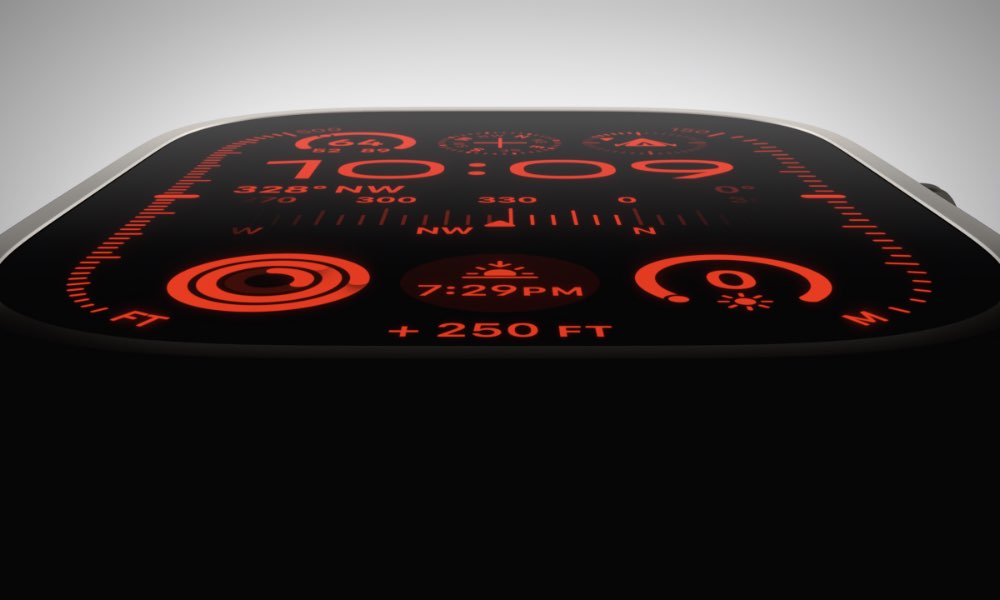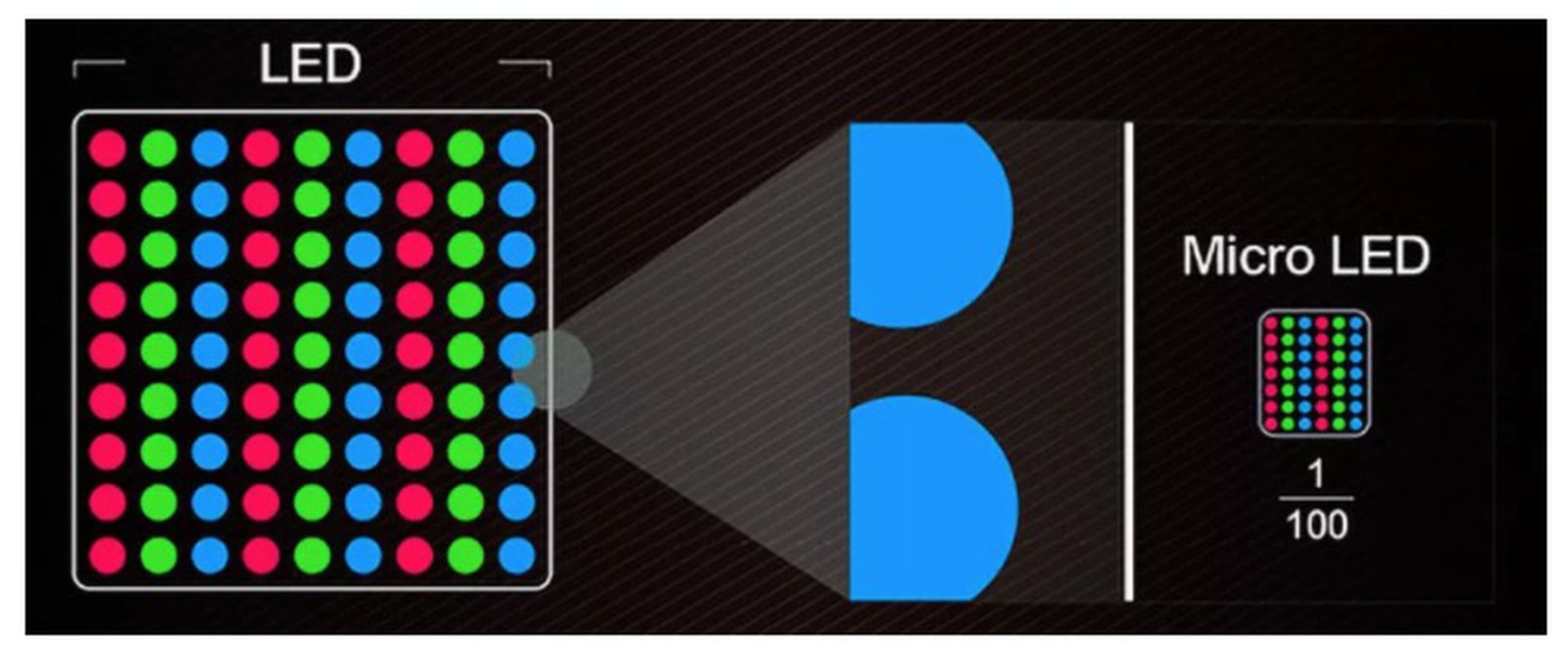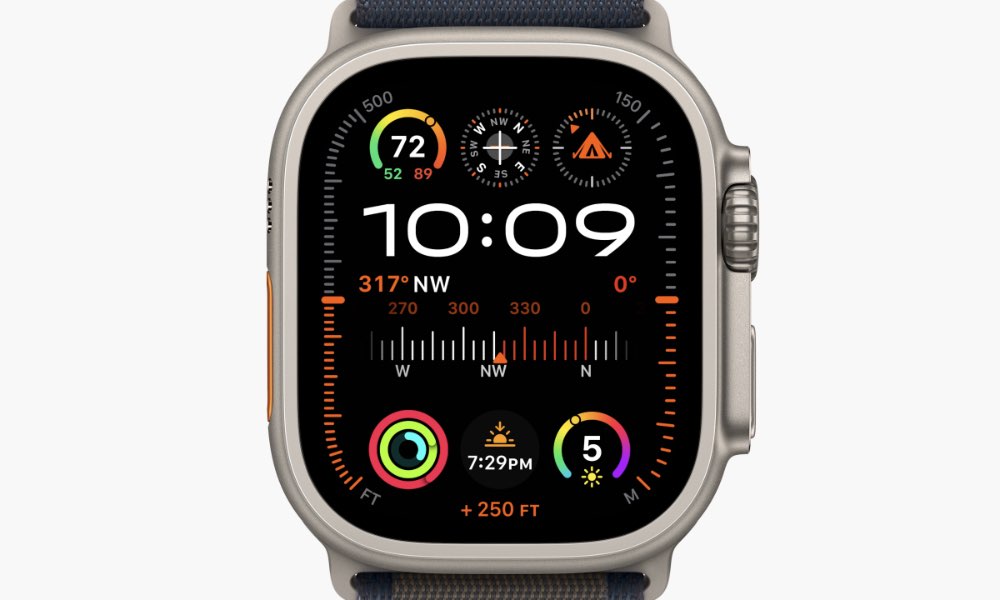LG Seeks Compensation For Nixed Apple Watch microLED Display Project

Toggle Dark Mode
After years of research and development on microLED screens and rumors that a microLED Apple Watch Ultra was right around the corner, Apple abruptly cancelled its plans earlier this year. Now, it seems that at least one of its technology partners is a bit miffed by the move.
We first heard of Apple’s work on the new display technology from some patents in 2017. The following year, news surfaced of a secret microLED facility being used to prototype and test the displays. These reports followed 2016 speculation by analysts that Apple was planning an imminent upgrade to microLED as soon as the Apple Watch Series 2.
Those reports seem quaint now, and it’s clear that the technology wasn’t ready. Still, there was a germ of truth to them, and reports of Apple’s continuing microLED work kept popping up every few years, with repeated suggestions that a microLED watch was right around the corner.
Then, last year, the rumors gained new legs with a report that Apple was working on the technology for an Apple Watch Ultra that could arrive by 2026. Several even pointed to LG Display as Apple’s key manufacturing partner, and now it seems those were more accurate than we knew.
When Apple abandoned its plans for a microLED Apple Watch in March, it apparently left LG hanging. Now, the company is seeking compensation to recoup the money it spent trying to satisfy Apple’s stringent manufacturing requirements.
According to The Elec (Google Translate), LG Display invested more than $1.5 million in striving to perfect its microLED manufacturing processes. This was done based on what the company felt was an implied promise that Apple would give it a substantial amount of business as a result.

The Elec notes that the South Korean display maker went so far as to secure a new facility in Paju, move equipment there, and set up a new task force, including hiring more employees and setting up schedules with equipment partners, and securing new patents, all at a cost of hundreds of billions of won (100 billion won is around $750 million).
In the end, LG believes it satisfied Apple’s requirements, which may be true. By all reports, Apple’s decision to cancel the microLED project was simply a matter of return on investment, not the result of manufacturing problems. At the time, supply chain analyst Ming-Chi Kuo reported that Apple felt microLED didn’t deliver enough value to the Apple Watch to justify the higher production costs for the displays, so the project wasn’t economically viable.

A switch to microLED would have offered brighter, more color-accurate displays and better battery life, but it’s unclear whether these would have been incremental changes. The Apple Watch Ultra 2 already hits an eyeball-searing 3,000 nits of peak brightness and offers 36 hours of battery life during everyday use.
LG Display never signed a contract with Apple, nor was there any order commitment, so Apple may not be liable in the strictly legal sense. However, it’s in Apple’s best interests to keep its suppliers happy, and it’s previously offered compensation, at least indirectly, when deals fall apart through no direct fault of the suppliers. The Elec suggests it’s possible Apple could recognize the company’s losses on the microLED project by negotiating a more generous price for the OLED displays it sources from LG for the iPhone and iPad.







